#a year in pictures
Explore tagged Tumblr posts
Text










Just a few shots of Chris in the last year on his 43rd birthday
💙💙💙
26 notes
·
View notes
Text
Happy Birthday Suga
Some of my favourites from the Suga Day collection posted on Weverse today. He looks so at home on the stage.


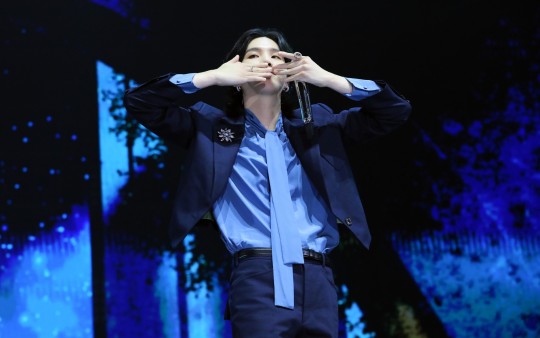
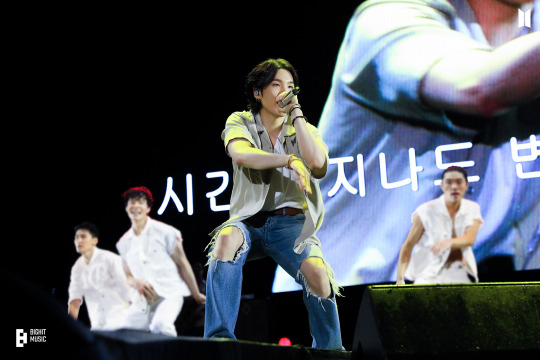



Look at this blast from the past message from Hobi. 2011???????



Jin just got in on the action.

Post Date: 09/03/2023
#min yoongi#yoongi#suga#suga turns 30#a year in pictures#hobi blast from the past#bts#rm#jhope#jimin
9 notes
·
View notes
Text
"There is a Chinese curse which says 'May he live in interesting times.' Like it or not, we live in interesting times. They are times of danger and uncertainty; but they are also the most creative of any time in the history of mankind." ~ Robert F. Kennedy, Day of Affirmation Address, University of Capetown, Capetown, South Africa, June 6, 1966
2024 has been extraordinarily unprecedented and historic.
#CNN#photography#photographers#A Year In Pictures#A Year In Review#photo journalism#sports photography#street photography#celebrity photography#storytellng#art gallery
0 notes
Text
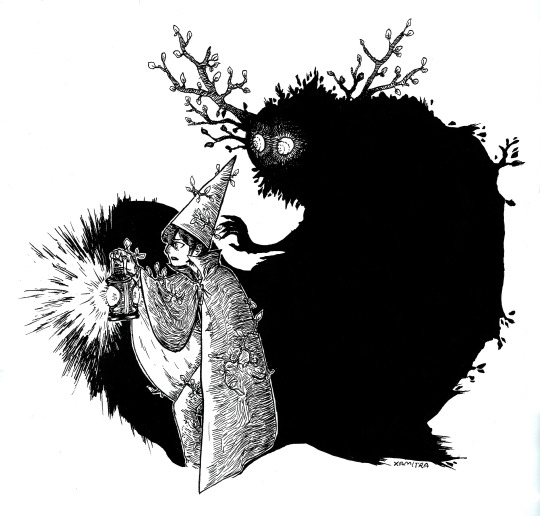





For many of years I had this tradition of drawing Wirt and the beast once a year to see how much I have improved, then depression hit in 2023 and couldn't continue, but it left so really amazing art in the process
#There are 2 missing from 2015 and 2016 but those are between God and me#I lost the scanned version of the last#thats why the picture is taken with my phone#so these are from 2017 to 2022#I'm pretty proud of them#over the garden wall#otgw wirt#otgw#You can tell I was a fan of the Bad Ending AU back then...#a friend of mine once joked that I drew them closer and closer with every passing year#that at some point they would end up kissing#wwww#maybe the next one is a kiss of judas reference#who knows#my art
16K notes
·
View notes
Text







december morning.
early access + nsfw on patreon
#simon's gonna have to start buying picture frames <3#P.S This comic takes place in johnny's apartment which is why there's actual furnishings in it.#I personally headcanon Ghost's bachelor pad as very bare-bones.#i hope you all had a merry christmas#and if you dont celebrate the event just a decent holiday anyway!#thank you again for your support this year#i hope you enjoy this tooth rotting fluff <3#simon ghost riley#john soap mactavish#ghostsoap#cod mw2#giragi art
6K notes
·
View notes
Text
having good & true friends will literally save and protect you in a million unfathomable ways. like okay we have written so many times about lovers. but the way a platonic friend laughs and cries with you. the way they hold your hand at 14 years old and at 34. the way they keep a little silver tie to you, touching base over and over and over. how you can go years without talking, only to re-meet and discover: oh shit! you're still cool!
there are people who have been in my life for more than half of it, and i have loved every version of them. do you know how fucking beautiful that is. yeah love will save the world. but the way friends love you is gonna save the you.
#and before one of u is like '' i have no friends :(" i used to be there too actually#abusive partner cut me off from ALL of 'em. i didn't think i was lovable#it made me EXCEPTIONALLY shy. i still am actually!!!!#i just ... started saying ''yes.''#i would take pictures of flyers in my library and go to whatever events they had#i started taking community classes#if someone mentioned like ''i am gonna start x group'' i actually took a deep breath#and approached them to be like . okay i want in.#i started making the first move with new people - a small compliment#a smile or a little joke. just to share the space with them.#i have MASSIVE social anxiety. bad parent and bad relationship will do that to ya.#but i just... kept going. and going. and going. to each of these little things. and then...#like. .... idk i just am very blessed. i have a STUPID number of friends#a lot of which i reconnected with. bc it turns out love is never wasted. adult life just.#like. gets in the way. but also... i loved u as a weird little kid. i love u now as a weird big adult.#i promise i PROMISE ur friends are out there. u just have 2 find them. and btw#i didn't make friends with everyone. but i did get a lot of people to smile or laugh.#aint that something.#this process took me something like 2 years. it was HARD!!!!!!!!!!#i love u!!! hard things are often worth it!!!
7K notes
·
View notes
Text


2011 vs 2024
#13 years of drawing scourges…the first picture is old enough to be a teenager!!!#warrior cats#scourge#wc#wc fanart#my art#cw blood
5K notes
·
View notes
Text
Hi, feel free to take my new uquiz to discover what kind of vampire you are!
#NO IM NOT TALKING ABOUT CHESS THE MUSICAL I DONT KNOW WHAT THAT IS. I AM TALKING ABOUT THE ANCIENT BOARD GAME:CHESS#uquiz#vampires#twilight#because let's be honest there are a fair few references#and maybe this is my twilight quiz which has been in my drafts for nearly a year!#and i was tired of it sitting there#maybe!#quiz#werewolves#mention#you can get human in this im really sorry#it's a bit of a mean result#oh if anyone has an actual picture of the vampire that killed dean winchester please send it along#i could not find it with a cursory google search but i rememeber he wore a clown mask#so maybe one of those guys is the guy?
27K notes
·
View notes
Text
AND ZAC OYAMA JOINS THE RANKS OF PLAYERS THAT READ THE FUCKING BOOK, BRENNAN
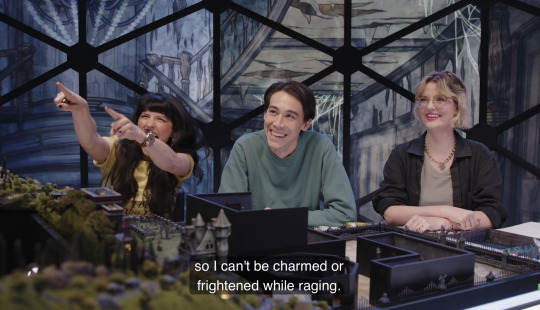
#supported by number one menace emily axford#side note i love this picture so much#dimension 20#fantasy high#fantasy high junior year#fantasy high spoilers#d20#fh#fhjy
8K notes
·
View notes
Text
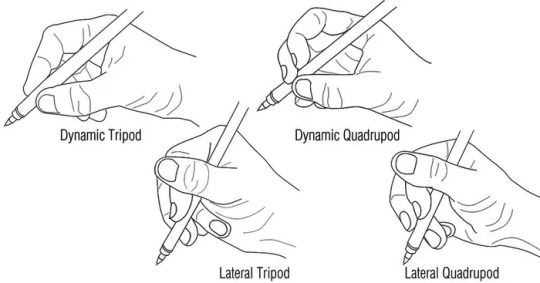
i personally do lateral tripod. dynamic tripod is the "proper" way and i believe most common, feel free to correct me.
36K notes
·
View notes
Text

happy (belated) halloween! featuring @nikutsuneart's halloween town wolfku :)c
#kingdom hearts#sora#riku#soriku#ever makes art#i cant keep tracking of what pictures i posted where anymore. but it can be halloween in your heart all year round
3K notes
·
View notes
Text
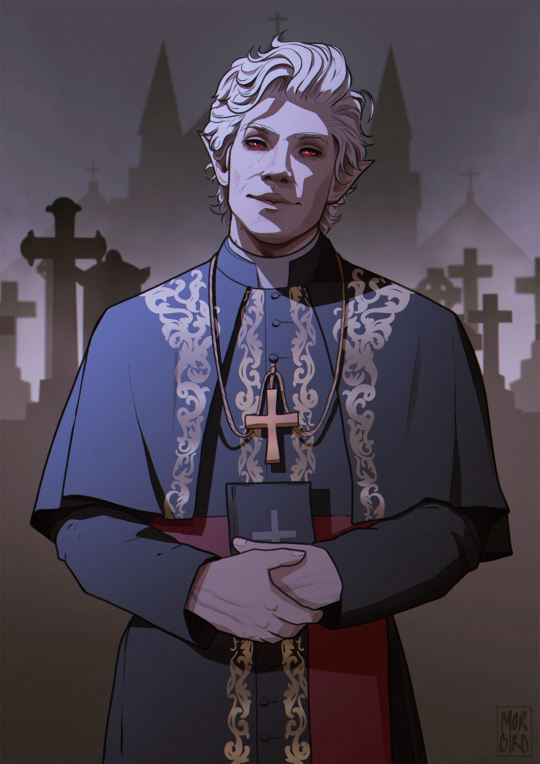
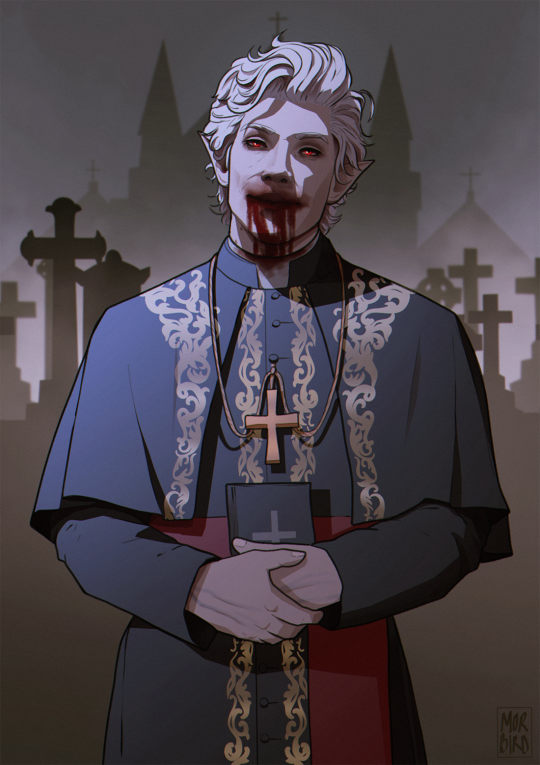
Father Astarion
#baldur's gate 3#bg3#bg3 fanart#astarion#bg3 astarion#from the same church as father raphael#just a normal priest who definitely wont suck you dry in the confessional booth#drawing bg3 guys as evil priests is not how i picture the end of this year but i am not complaining
12K notes
·
View notes
Text
it drives me bonkers the way people don't know how to read classic books in context anymore. i just read a review of the picture of dorian gray that said "it pains me that the homosexual subtext is just that, a subtext, rather than a fully explored part of the narrative." and now i fully want to put my head through a table. first of all, we are so lucky in the 21st century to have an entire category of books that are able to loudly and lovingly declare their queerness that we've become blind to the idea that queerness can exist in a different language than our contemporary mode of communication. second it IS a fully explored part of the narrative! dorian gray IS a textually queer story, even removed from the context of its writing. it's the story of toxic queer relationships and attraction and dangerous scandals and the intertwining of late 19th century "uranianism" and misogyny. second of all, i'm sorry that oscar wilde didn't include 15k words of graphic gay sex with ao3-style tags in his 1890 novel that was literally used to convict him of indecent behaviour. get well soon, i guess...
#the picture of dorian gray#lit#this is a pointless text post#guess what i read for the first time in the year of our lord 2023#and yes this is a real review on storygraph that i took a screenshot of. you people are so stupid god bless#girl he literally censored it himself did your edition have 0 introduction or background at all#greatest (s)hits#book discourse
97K notes
·
View notes
Text
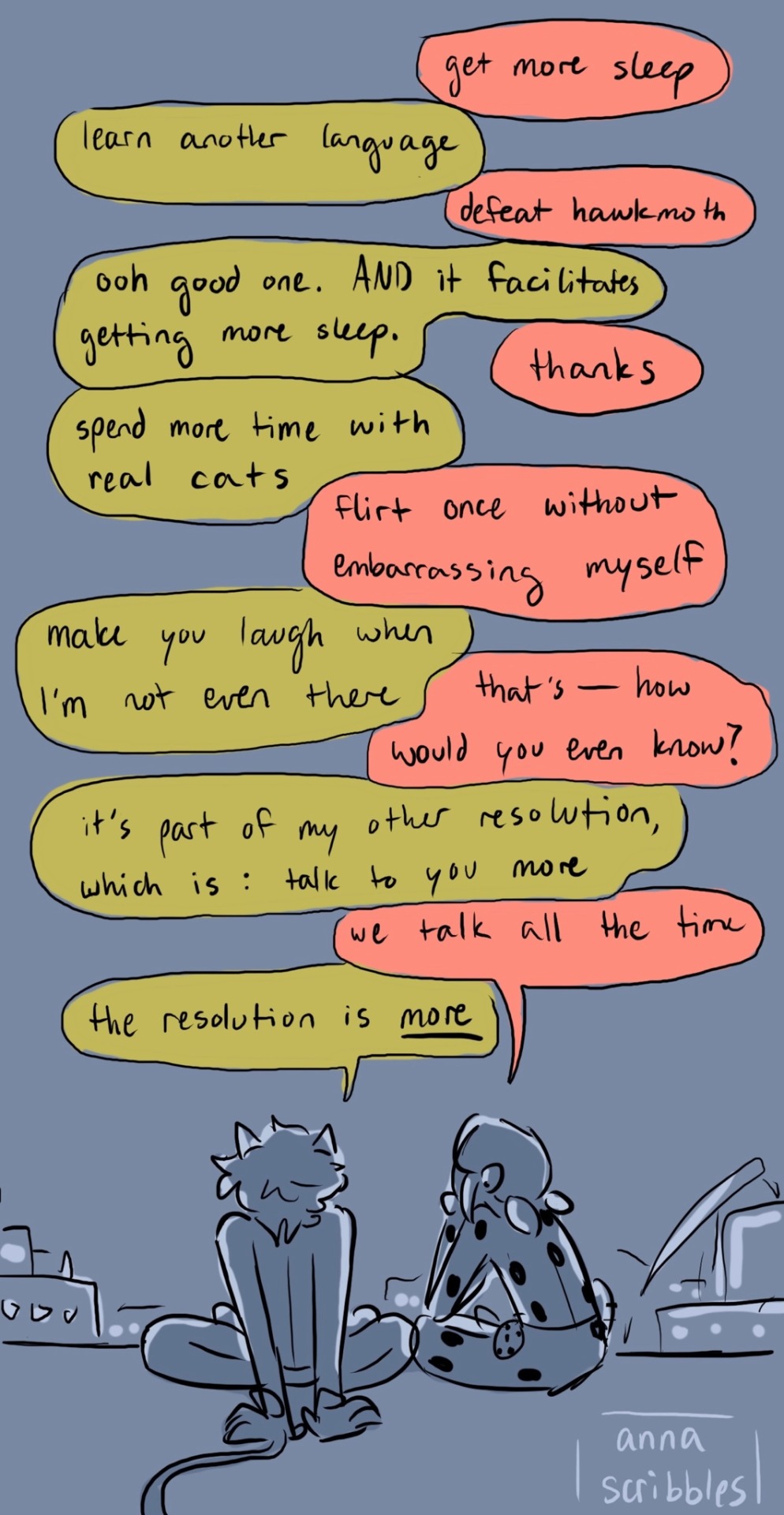
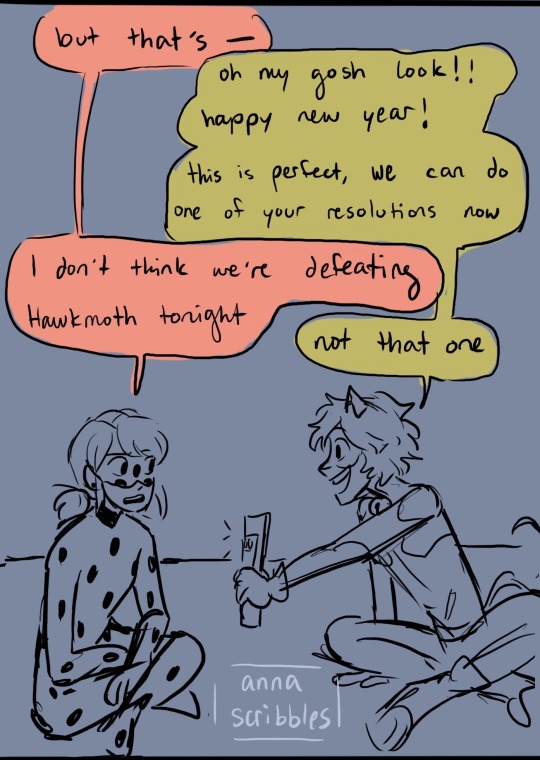

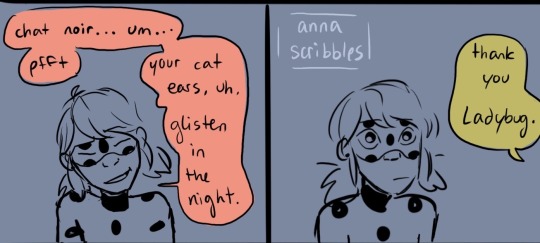
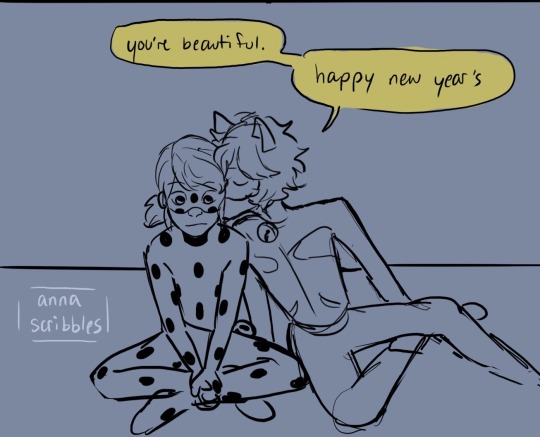
resolutions
#ml#miraculous#miraculous ladybug#my art#ladynoir#ladybug#chat noir#happy 2024 i offer you a comic for the first time in eons#s3 era ladynoir come back. i miss you. save me s3 era ladynoir#does this really count as not embarrassing? unclear.#i’m so sleepy. thirteen coming sometime in the next few days i promise. i just needed to draw a picture first#happy new years
11K notes
·
View notes
Text


POV: Your estranged brother shows up at your door with a pair of pre-teen twins, wwyd? 🤨
In honor of The Book Of Bill coming out and my friends getting massive Gravity Falls fixations (Which HELLLL YEAHHHH 💥💥💥) I decided I wanted to redraw my first ever Timestuck AU doodle because that AU has my heart and soul and my time traveling loving heart can never truly abandon it 💛
(Also looking back, YIKES my art style was a little funky, thank you Psychonauts for making my art look nicer <333 (this is also your sign to play Psychonauts I guess lol))
Blank versions without the text cause I really like how these came out, I think they’re pretty :]


#to that one person who’s using that timestuck doodle I did of Stan as your Spotify playlist picture; that’s very sweet of you-#but you can use this one now; this one looks a lot nicer I promise 💥#also no matter how many years pass; I will always draw Dipper with a binder; even if its barely noticeable it matters to me <333#gravity falls#timestuck au#gravity falls au#stanley pines#stanford pines#dipper pines#mabel pines#gravity falls fanart#gravity falls art#gravity falls Timestuck AU#mullet stan#paranoid ford#cw eye contact#fanart#art#procreate#digital art#procreate art#citricacidart
6K notes
·
View notes
Text
What does life in North Korea look like outside of Pyongyang? 🇰🇵
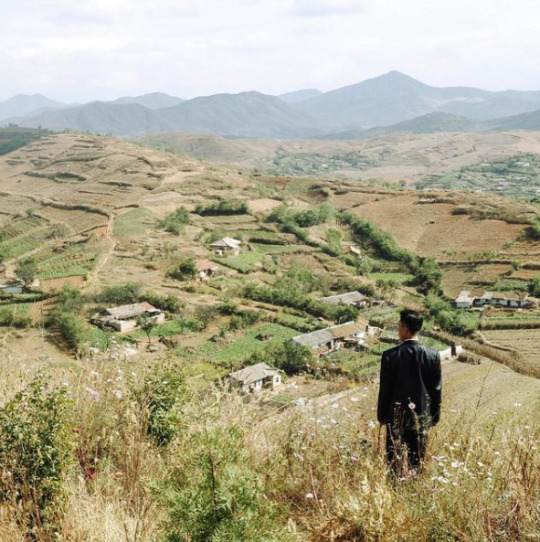
Hey, I'm back again with a very scary "tankie" post that asks you to think of North Koreans as people, and to consider their country not as a cartoonish dystopia, but as a nation that, like any other place on earth, has culture, traditions, and history.
Below is a collection of pictures from various cities and places in North Korea, along with a brief dive into some of the historical events that informs life in the so-called "hermit kingdom."
Warning: very long post
Kaesong, the historic city
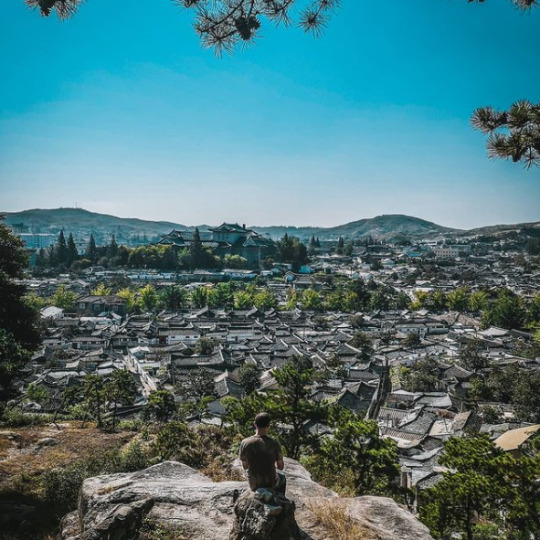
Beginning this post with Kaesong, one of the oldest cities in Korea. It's also one of the few major cities in the DPRK (i.e. "North Korea") that was not completely destroyed during the Korean war.
Every single city you'll see from this point on were victims of intense aerial bombardments from the U.S. and its allies, and had to be either partially or completely rebuilt after the war.
From 1951 to 1953, during what has now become known as the "forgotten war" in the West, the U.S. dropped 635,000 tons of bombs over Korea — most of it in the North, and on civilian population centers. An additional 32,000 tons of napalm was also deployed, engulfing whole cities in fire and inflicting people with horrific burns:
For such a simple thing to make, napalm had horrific human consequences. A bit of liquid fire, a sort of jellied gasoline, napalm clung to human skin on contact and melted off the flesh. Witnesses to napalm's impact described eyelids so burned they could not be shut and flesh that looked like "swollen, raw meat." - PBS
Ever wondered why North Koreans seem to hate the U.S so much? Well...
Keep in mind that only a few years prior to this, the U.S. had, as the first and only country in the world, used the atomic bomb as a weapon of war. Consider, too, the proximity between Japan and Korea — both geographically and as an "Other" in the Western imagination.
As the war dragged on, and it became clear the U.S. and its allies would not "win" in any conventional sense, the fear that the U.S. would resort to nuclear weapons again loomed large, adding another frightening dimension to the war that can probably go a long way in explaining the DPRK's later obsession with acquiring their own nuclear bomb.
But even without the use of nuclear weapons, the indiscriminate attack on civilians, particularly from U.S. saturation bombings, was still horrific:
"The number of Korean dead, injured or missing by war’s end approached three million, ten percent of the overall population. The majority of those killed were in the North, which had half of the population of the South; although the DPRK does not have official figures, possibly twelve to fifteen percent of the population was killed in the war, a figure close to or surpassing the proportion of Soviet citizens killed in World War II" - Charles K. Armstrong
On top of the loss of life, there's also the material damage. By the end of the war, the U.S. Air Force had, by its own estimations, destroyed somewhere around 85% of all buildings in the DPRK, leaving most cities in complete ruin. There are even stories of U.S. bombers dropping their loads into the ocean because they couldn't find any visible targets to bomb.
What you'll see below of Kaesong, then, provides both a rare glimpse of what life in North Korea looked like before the war, and a reminder of what was destroyed.
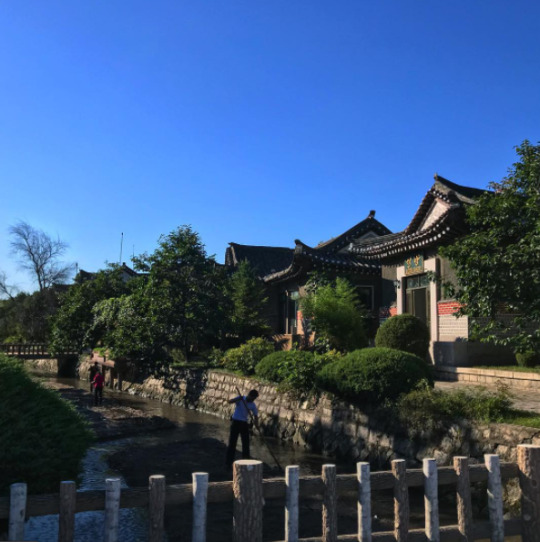
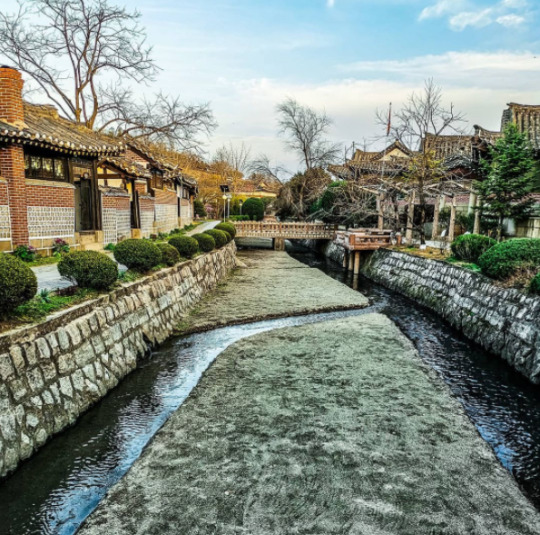
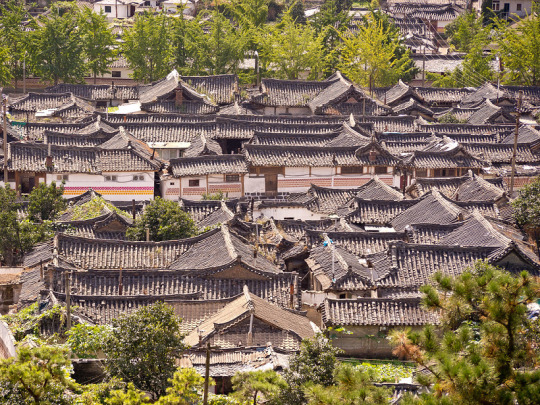
Kaesong's main street, pictured below.
Due the stifling sanctions imposed on the DPRK—which has, in various forms and intensities, been in effect since the 1950s—car ownership is still low throughout the country, with most people getting around either by walking or biking, or by bus or train for longer distances.
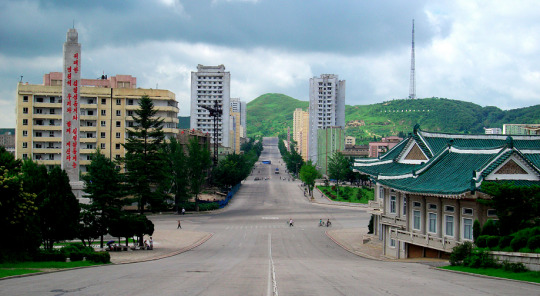
Kaesong, which is regarded as an educational center, is also notable for its many Koryŏ-era monuments. A group of twelve such sites were granted UNESCO world heritage status in 2013.
Included is the Hyonjongnung Royal Tomb, a 14th-century mausoleum located just outside the city of Kaesong.
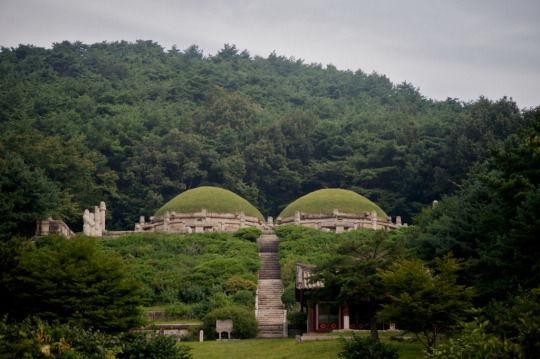
One of the statues guarding the tomb.
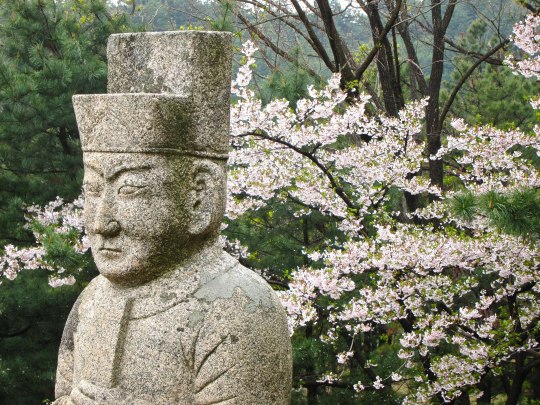
Before moving on the other cities, I also wanted to showcase one more of the DPRK's historical sites: Pohyonsa, a thousand-year-old Buddhist temple complex located in the Myohyang Mountains.
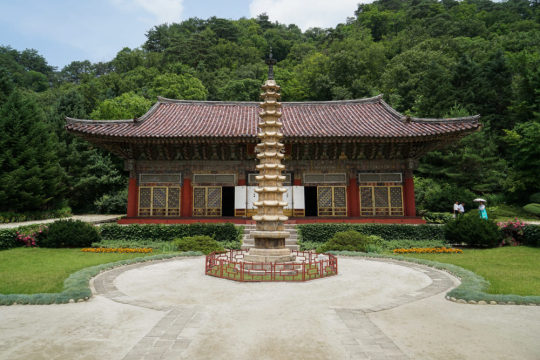
Like many of DPRK's historic sites, the temple complex suffered extensive damage during the Korean war, with the U.S. led bombings destroying over half of its 24 pre-war buildings.
The complex has since been restored and is in use today both as a residence for Buddhist monks, and as a historic site open to visitors.
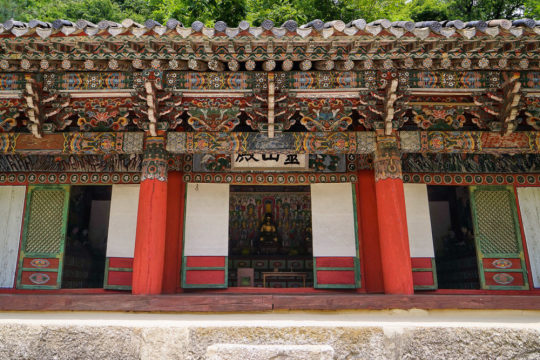
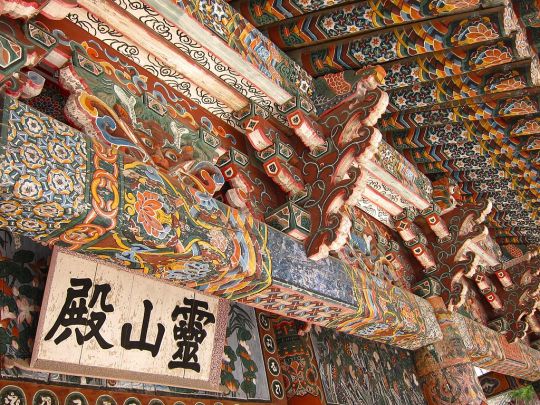
Hamhung, the second largest city in the DPRK.
A coastal city located in the South Hamgyŏng Province. It has long served as a major industrial hub in the DPRK, and has one of the largest and busiest ports in the country.
Hamhung, like most of the coastal cities in the DPRK, was hit particularly hard during the war. Through relentless aerial bombardments, the US and its allies destroyed somewhere around 80-90% percent of all buildings, roads, and other infrastructure in the city.
Now, more than seventy years later, unexploded bombs, mortars and pieces of live ammunition are still being unearthed by the thousands in the area. As recently as 2016, one of North Korea's bomb squads—there's one in every province, faced with the same cleanup task—retrieved 370 unexploded mortar rounds... from an elementary school playground.
Experts in the DPRK estimate it will probably take over a hundred years to clean up all the unexploded ordnance—and that's just in and around Hamhung.
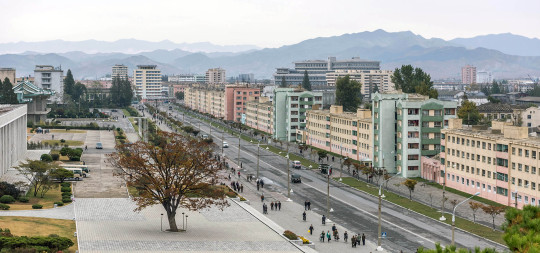
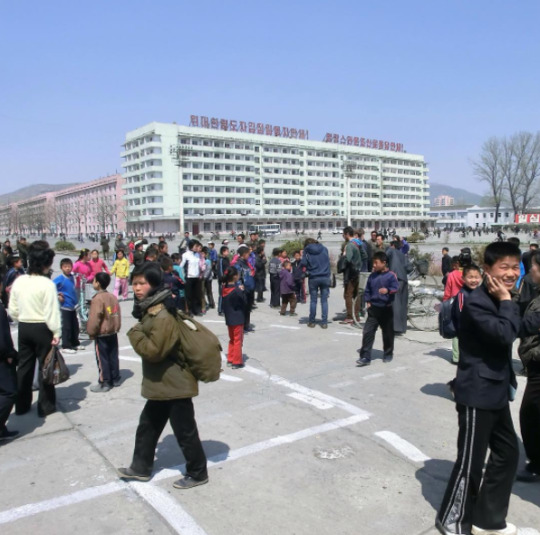
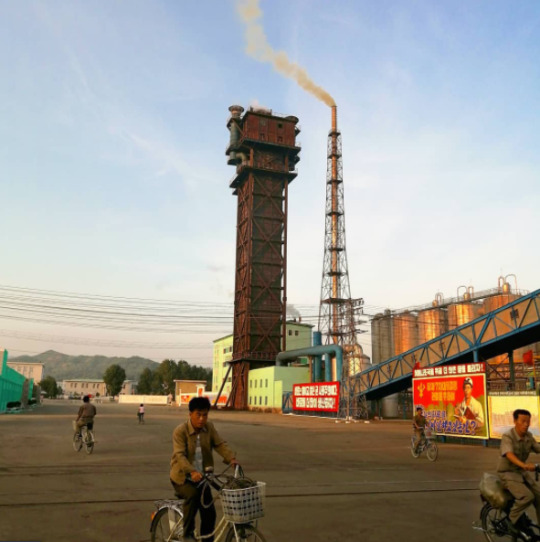
Hamhung's fertilizer plant, the biggest in North Korea.
When the war broke out, Hamhung was home to the largest nitrogen fertilizer plant in Asia. Since its product could be used in the creation of explosives, the existence of the plant is considered to have made Hamhung a target for U.S. aggression (though it's worth repeating that the U.S. carried out saturation bombings of most population centers in the country, irrespective of any so-called 'military value').
The plant was immediately rebuilt after the war, and—beyond its practical use—serves now as a monument of resistance to U.S. imperialism, and as a functional and symbolic site of self-reliance.
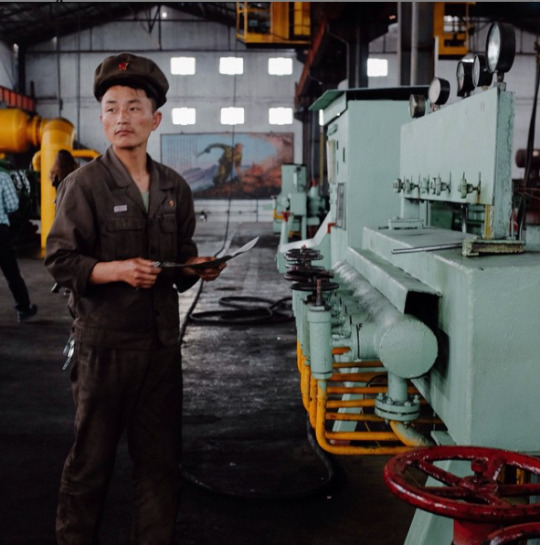
Chongjin, the third largest city in the DPRK.
Another coastal city and industrial hub. It underwent a massive development prior to the Korean war, housing around 300,000 people by the time the war broke out.
By 1953, the U.S. had destroyed most of Chongjin's industry, bombed its harbors, and killed one third of the population.
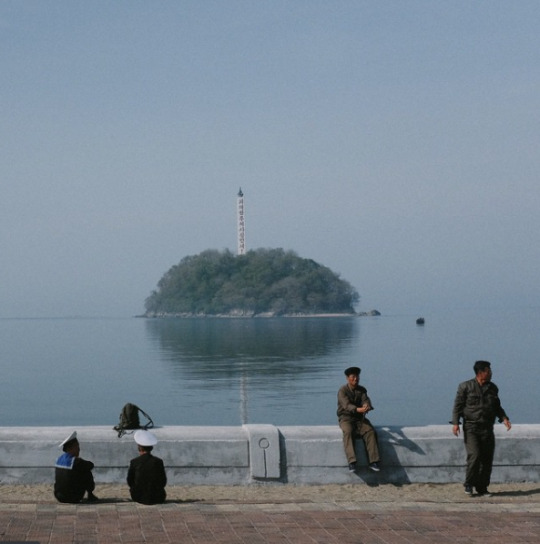
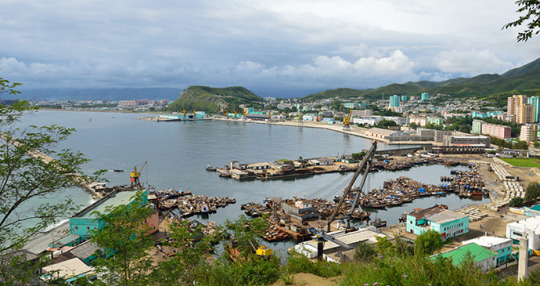
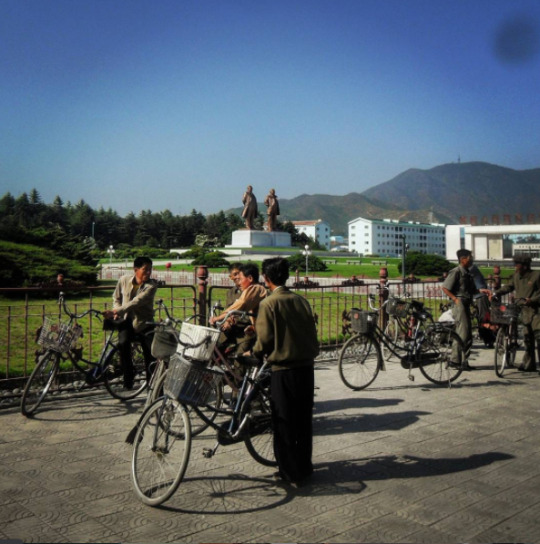
Wonsan, a rebuilt seaside city.
The city of Wonsan is a vital link between the DPRK's east and west coasts, and acts today as both a popular holiday destination for North Koreans, and as a central location for the country's growing tourism industry.
Considered a strategically important location during the war, Wonsan is notable for having endured one of the longest naval blockades in modern history, lasting a total of 861 days.
By the end of the war, the U.S. estimated that they had destroyed around 80% of the city.
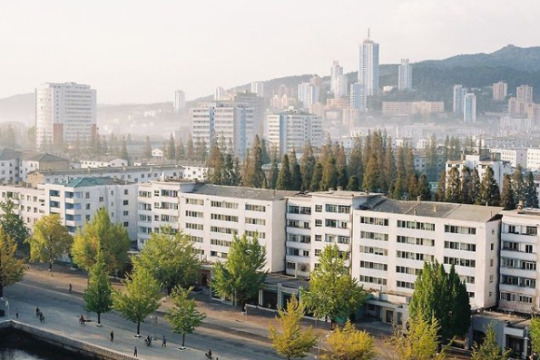
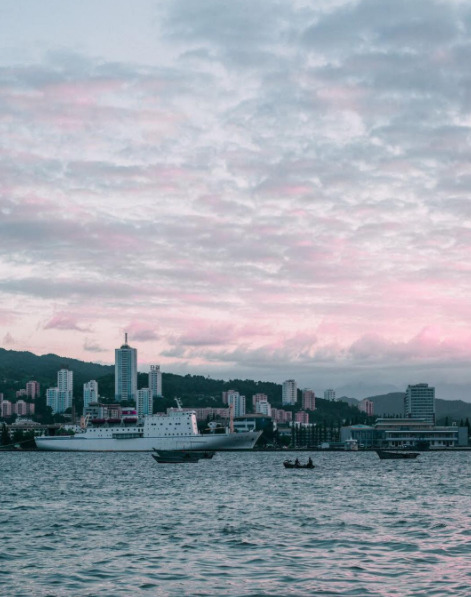
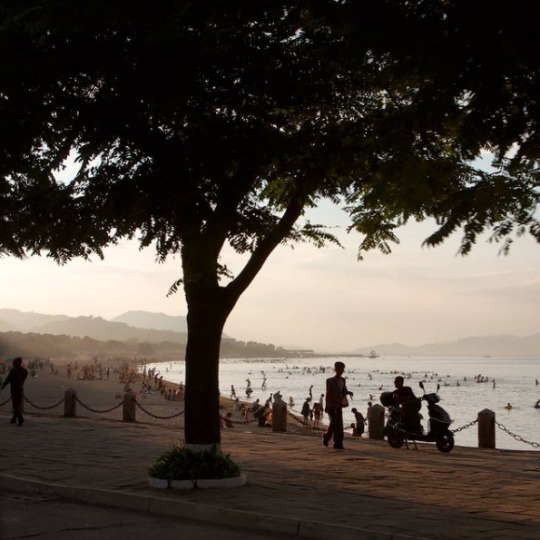
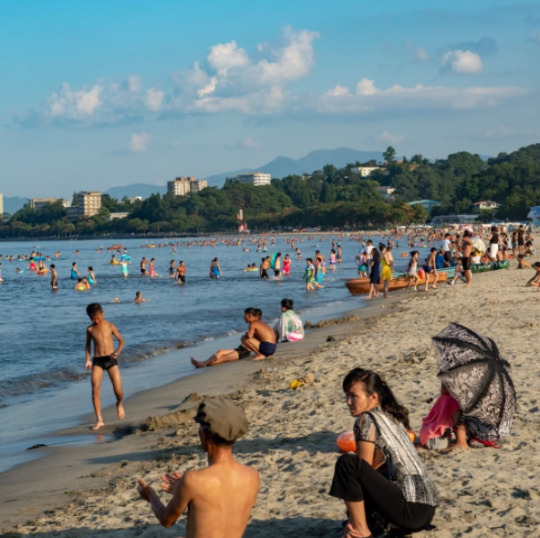
Masikryong Ski Resort, located close to Wonsan. It opened to the public in 2014 and is the first, I believe, that was built with foreign tourists in mind.
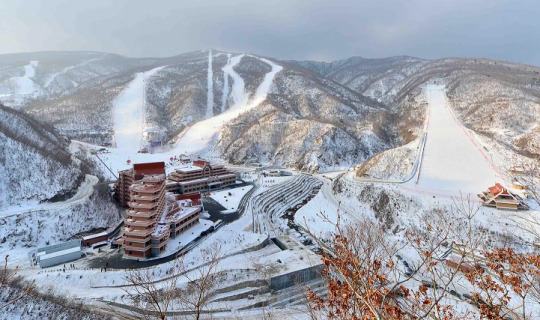
Sariwon, another rebuilt city
One of the worst hit cities during the Korean War, with an estimated destruction level of 95%.
I've written about its Wikipedia page here before, which used to mockingly describe its 'folk customs street'—a project built to preserve old Korean traditions and customs—as an "inaccurate romanticized recreation of an ancient Korean street."
No mention, of course, of the destruction caused by the US-led aerial bombings, or any historical context at all that could possibly even hint at why the preservation of old traditions might be particularly important for the city.
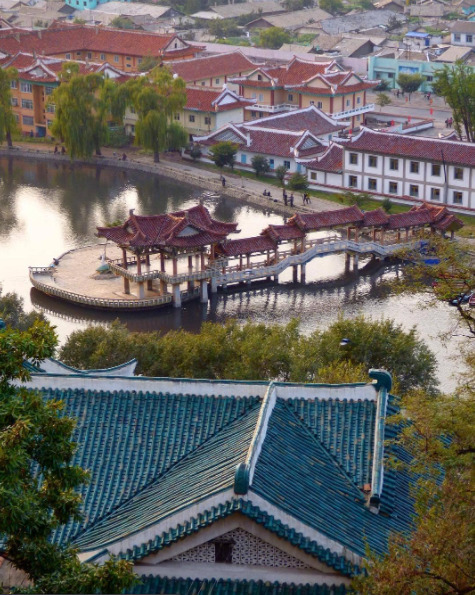
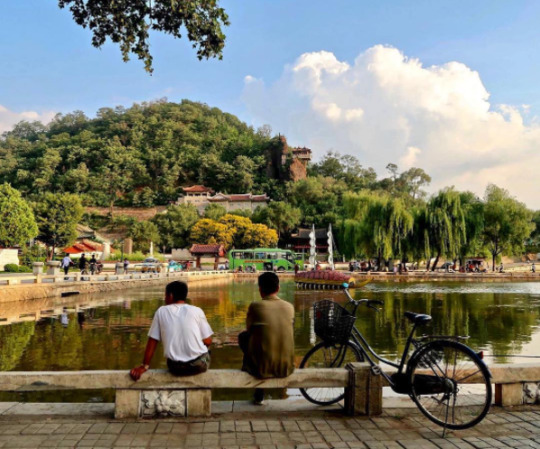
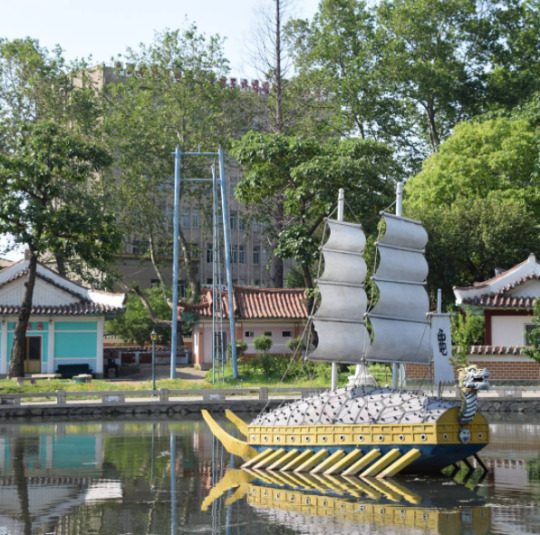
Life outside of the towns and cities
In the rural parts of the DPRK, life primarily revolves around agriculture. As the sanctions they're under make it difficult to acquire fuel, farming in the DPRK relies heavily on manual labour, which again, to avoid food shortages, requires that a large portion of the labour force resides in the countryside.
Unlike what many may think, the reliance on manual labour in farming is a relatively "new" development. Up until the crisis of the 1990s, the DPRK was a highly industrialized nation, with a modernized agricultural system and a high urbanization rate. But, as the access to cheap fuel from the USSR and China disappeared, and the sanctions placed upon them by Western nations heavily restricted their ability to import fuel from other sources, having a fuel-dependent agricultural industry became a recipe for disaster, and required an immediate and brutal restructuring.
For a more detailed breakdown of what lead to the crisis in the 90s, and how it reshaped the DPRKs approach to agriculture, check out this article by Zhun Xu.
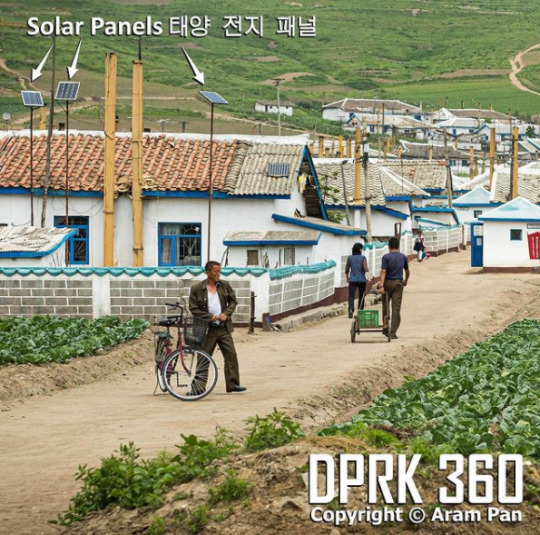
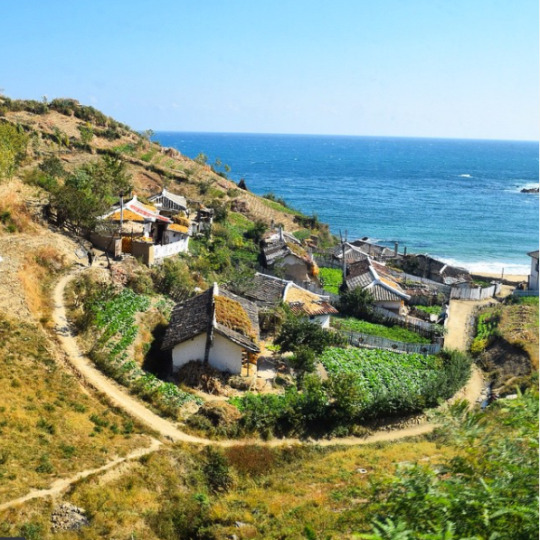
Some typical newly built rural housing, surrounded by farmland.
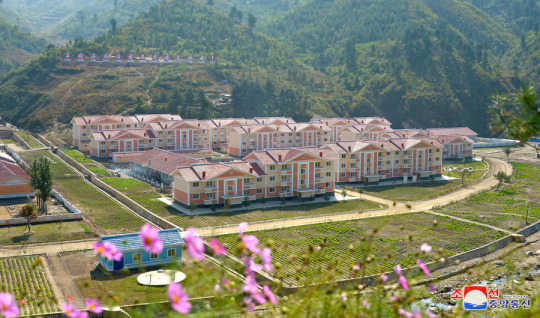
Tumblr only allows 20 pictures per post, but if you want to see more pictures of life outside Pyongyang, check out this imgur album.
#dprk#north korea#i've had this post unfinished in drafts for almost a year#also sorry about the spelling and potential formatting issues it's a nightmare to edit at this point#it was literally just meant to be a collection of picture and then the writing just sort of happened#enjoy the brief heritageposts history lesson i guess
6K notes
·
View notes